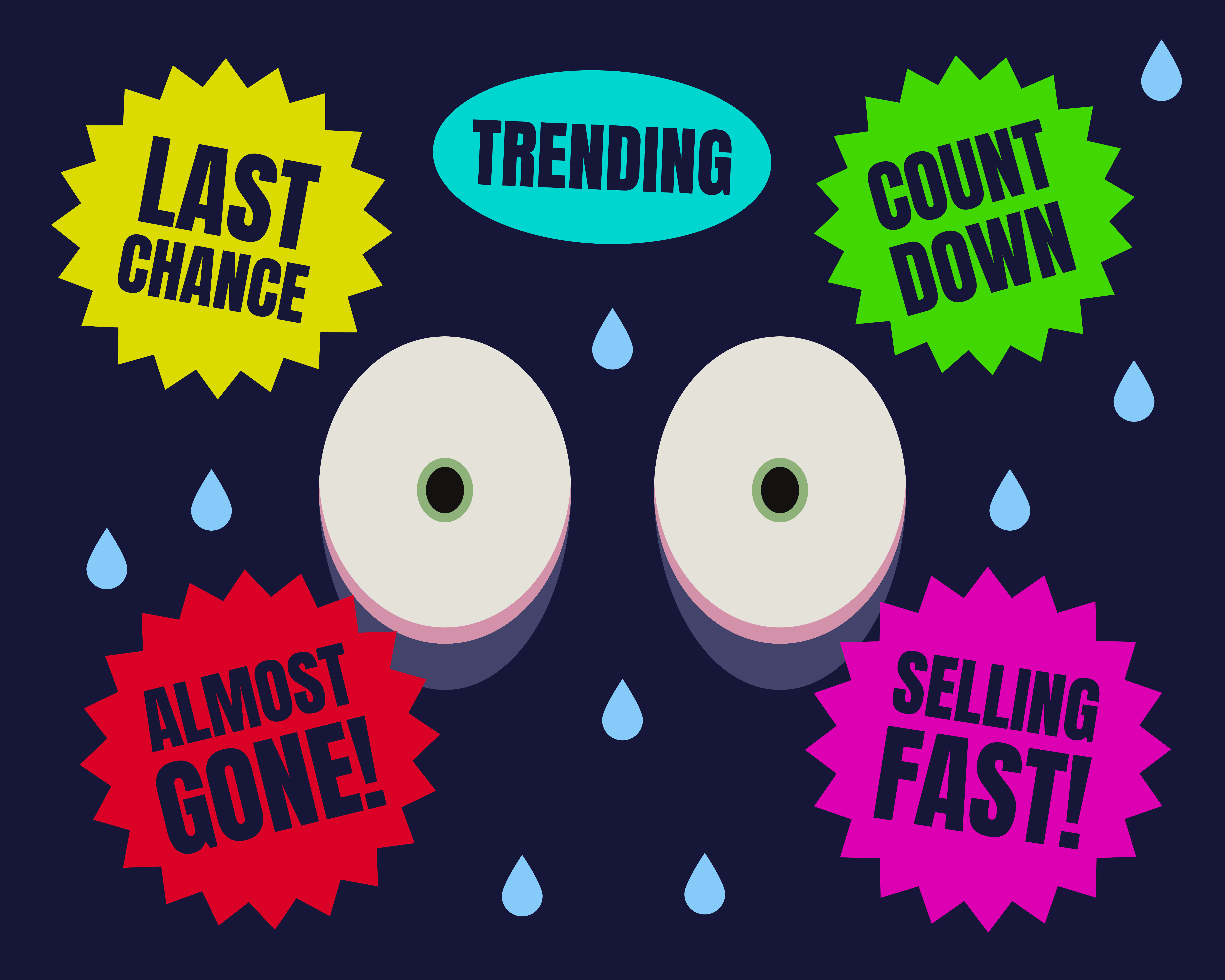
Women are stepping up and showing greater survival skills
Besides the emotional turmoil, a very striking finding was a difference in men and women’s behavioural response to the Cost of Living crisis. In fact, one of the biggest trends we uncovered was the role women in Scotland are playing as the de facto Chief Financial Officer (CFOs) of their homes, stepping up and responding ingeniously to added financial pressures.
For example, 80% of women are changing where they shop to some extent (compared to 64% of men). And while a good two thirds (67%) of men are choosing less expensive brands or products some or all of the time, the equivalent figure for women is a whopping 88%. These shifts represent massive consumer behavioural changes.
But…don’t women do all the shopping?
While women do shop a bit more, the difference between the sexes isn’t large these days. For instance, according to an IPA TouchPoints study, the vast majority of men (74.2%) shop in person in a store each week, compared to 84.9% of women.
Similarly 61% men claim to “be responsible for the main weekly shop in their household” vs 77% women (Harris Interactive for The Grocer, 2021).
So the fact women are so much more likely to have shifted buying behaviours in response to the economic crisis is that bit more remarkable.

More important are the psychological and attitudinal explanations
According to a big study done by the prestigious Wharton School of Business there's a significant attitude difference between men and women: specifically women ‘shop’ while men ‘buy’.
Women are therefore far more likely to be responsive and flexible, attentive to recommendations, what’s happening in store, to pricing and offers, and are more open to switch brands to get a better deal.
Men conversely operate more on autopilot, spending less time thinking about what they buy, and are more likely to stick to tried and trusted brands and conveniently located stores.
So what can we learn as marketers?
Yes, women are an important audience, not because they’re doing all the shopping, but because they’re the ‘swing voters’ when it comes to shopping and brand decisions. Yet, more than tailoring our marketing approaches to men and women differently, we should all learn from this ‘female’ survival guide, as all genders are demonstrating this adaptive behaviour to some degree. That means:
- Reframe your brand to suit the times: For instance, we now know 42% of Scots say they will give less to charities, so for one of our own clients, Scottish National Blood Transfusion Service Scotland, we’re positioning giving blood as a generous act with no financial outlay.
- ‘Value’ doesn’t solely mean ‘cheap’. How your brand represents good value, or whether and how consumers might ration their spending on it, is dependent on the role its category plays in consumers’ lives. For example, a seemingly paradoxical trend of premiumisation is continuing in the drinks industry because consumers are drinking less, but better.
- Thrift is the new cool. There’s a widespread acceptance that shopping thriftily is smart. Aldi and Lidl’s ascendency over the last few years and more dramatically this year is testament to that, as well as how consumers responded to this year’s more muted Black Friday promotions - better than expected (seizing the opportunity to buy, especially Christmas gifts, for less) but making more practical and ‘investment’ purchases (Curry’s saw sales of energy-efficient cooking appliances soar). How can your brand help consumers to feel smart? To save money and time?
- Purpose is more important than ever. A focus on adaptability ironically means that understanding your brand or organisation’s purpose is more important than ever. As Jim Collins found in ‘Good to Great’, the organisations who thrive over the long term are those who define their mission, rather than being tied to a specific product. In terms of advertising, this doesn’t mean articulating worthy messages at length – yours might be a brand who makes its consumers’ lives easier, so you get the job done and out of the way as quickly as possible.
- Embrace community. On a related note, women are more likely to be influenced by offers, but also altruistic brand values (GlobalWebIndex/IPA Insight Centre, Q3-4 2022). Our own research found that cutbacks were more likely to be made on personal indulgences (51% of Scots considering cutting back or delaying) than Christmas gifts (39%) or gifts for others (31%). Clearly both male and female Scots are putting others before themselves when it comes to managing their finances, and will appreciate brands who do the same. So the small business who can’t compete on price can nonetheless emphasise the value it offers the community. At the other end of the spectrum, the new John Lewis Christmas ad gets it right both in content and tone: no conspicuous consumption, all ‘real life’ and making an effort where it really matters, rounded off with their commitment to support young people in care.
- Keep it real. Acknowledge the additional pressure and responsibility that women - well, all of us - are facing right now. This is a tonal point and an operational one. Messages of excess, flippancy or wackiness are unlikely to land well.
“The data in our Mood of the Nation study was just plain sobering. But it is also a story of Scottish resilience. How an entire nation is weathering a truly horrendous economic storm, by cannily adapting shopping and purchase habits. And it is women who are at the very forefront of this, being more savvy, adaptable and open to switching between brands, products and stores.”
Adam Swann, Chief Strategy Officer, The Union
Certainly in my own household all this rings true. We’re some of the many shoppers who have switched to Aldi exclusively for our weekly family shop, largely choosing own label (with some family favourite exceptions - Heinz really does mean beanz), and I’m certainly resisting the temptation of a payday shopping splurge on clothes or other personal treats. We’re making the most of existing family memberships and free leisure activities - often on the recommendations of friends or social networks - but shared experiences are also what we’re prioritising. When we get a night, meal or day out, I’ll skimp on the transport (bus all the way) but choose the drink/dinner/treat for the kids that’ll be delightful. Despite careful monthly budgeting, I just splurged on tickets to Blur’s Wembley stadium gig in a heartbeat because my friends and I will love Damon Albarn forever. Come December, I’ll be shopping about for the tastiest Christmas dinner ingredients - not the cheapest. And as I’m weeping along to It’s a Wonderful Life, booze of choice in hand, surrounded by sugar-high children and sozzled relatives, like George Bailey I’ll be the richest (wo)man in town.
All sources ‘Scotland Mood of the Nation Report, The Union, October 2022’ unless otherwise stated. Download our Mood of the Nation Report.
EXECUTIVE SUMMARY
- Who it’s for: Marketing decision-makers and advertising practitioners who want to produce more effective advertising.
- What it’s about: What we can learn from how women are responding to the Cost of Living crisis.
- The key theme/hypothesis: Women’s response to the Crisis is more flexible, adaptable and communal. Brands should follow suit.




